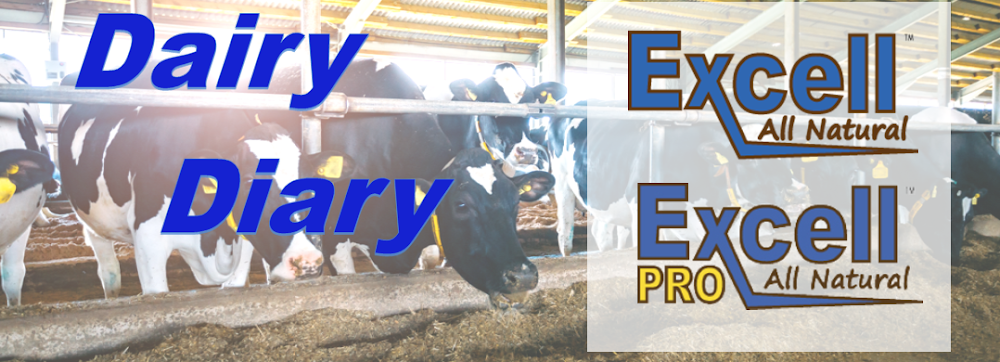In California, milk production is trending seasonally higher. Handlers note year-over-year comparisons for 2024 production levels continue to be at-or-above 2023 production levels. Some handlers note preliminary records indicate February 2024 volumes are up from January 2024 volumes and above anticipated volumes. Milk demand from manufacturers of Classes I, II, and III are strong. Demand from Class IV manufacturers is steady. According to the California Department of Water Resources, as of February 13, 2024, the state has received 13.78 inches of precipitation for the current 2023-24 Water Year, which is down 0.13 inches from the historical mean of 13.91 inches. Statewide snowpack totals are below average levels according to the California Department of Water Resources.
Farm level milk output in Arizona is stronger. Despite this, processors note spot milk availability is tight. Handlers relay inquiries for Class III milk have increased.
In New Mexico, milk production is steady to stronger. Manufacturers note tighter spot milk load availability. All Class manufacturers say demand is steady to strong. The National Weather service shows most of the state to be in a drought status of abnormally dry to extreme drought.
In the Pacific Northwest, farm level milk output is steady to stronger. Milk volumes are meeting processor needs. Stakeholders indicate Class III draws from cream cheese makers are stronger. All other Classes have steady to strong demand.
Milk production in the mountain states of Idaho, Utah, and Colorado is noted as steady to slightly stronger. Processors say spot milk availability is tighter overall. . Demands from manufacturers throughout all Classes are steady to strong.
Although some processors say cream volumes are beginning to tighten recently, cream loads remain readily available throughout most of the West. Cream demand is strengthening. Cream multiples moved higher on both ends of the All Classes range. Condensed skim milk demand is stronger and spot load availability is on the tight end.






